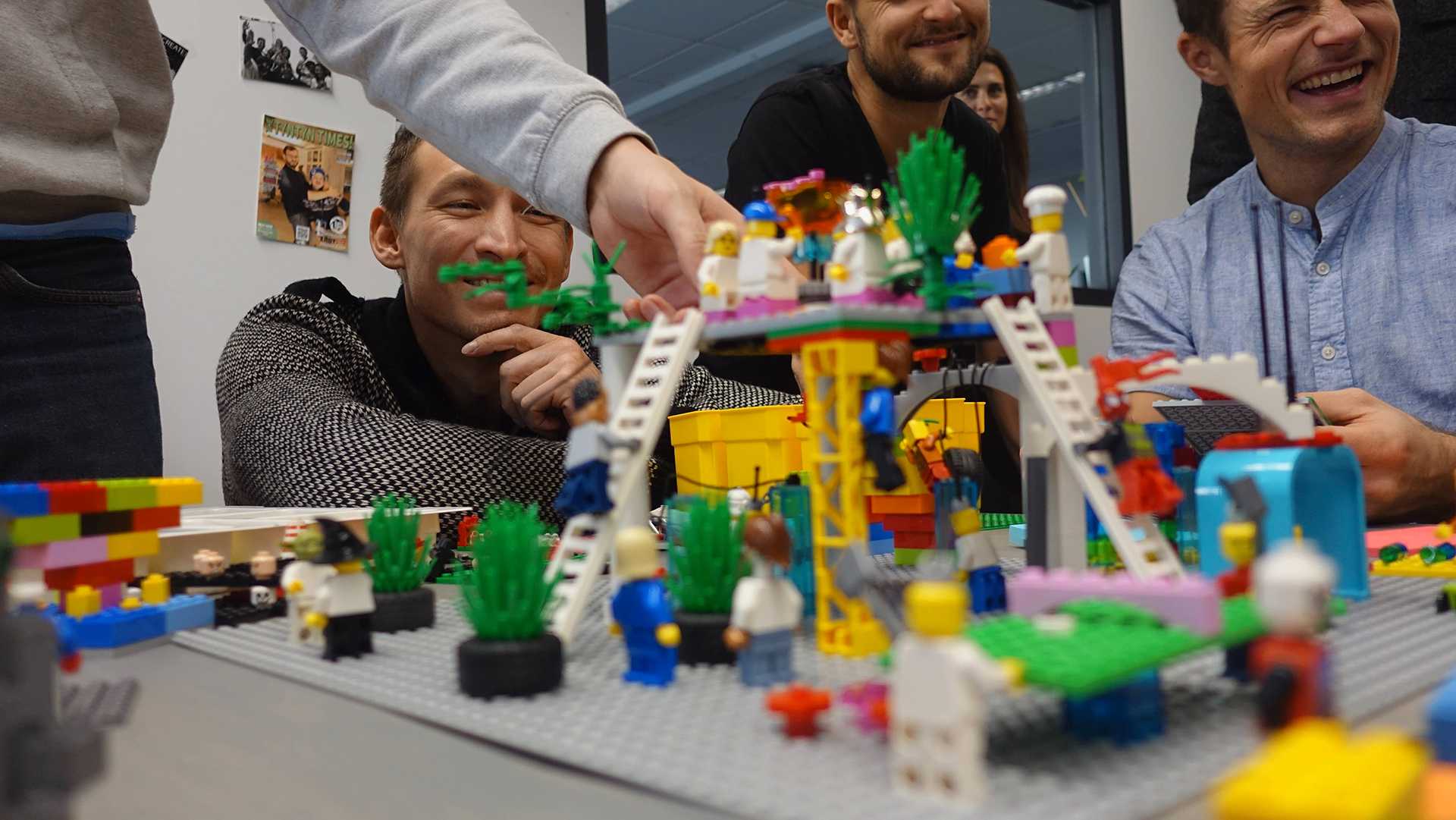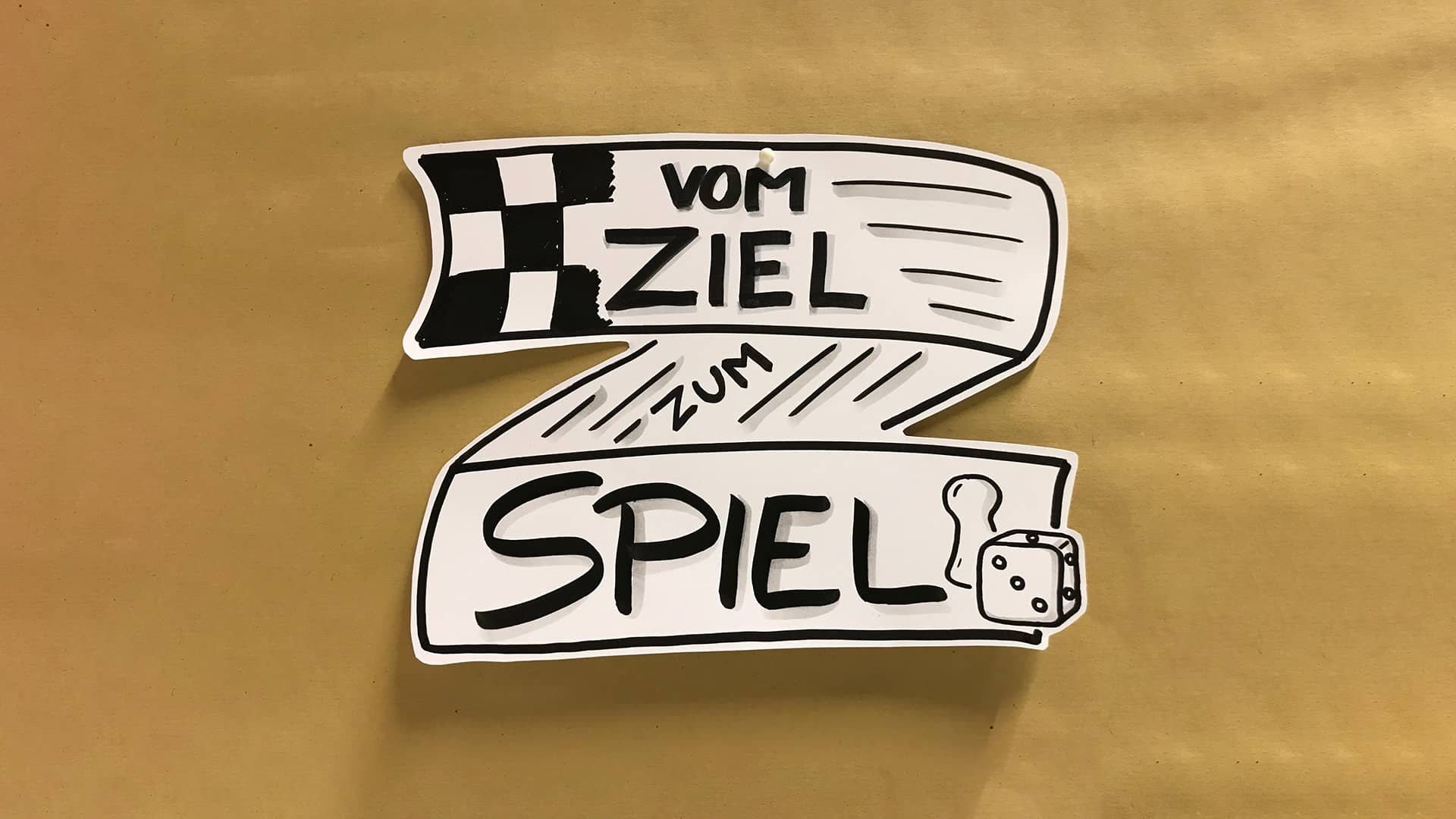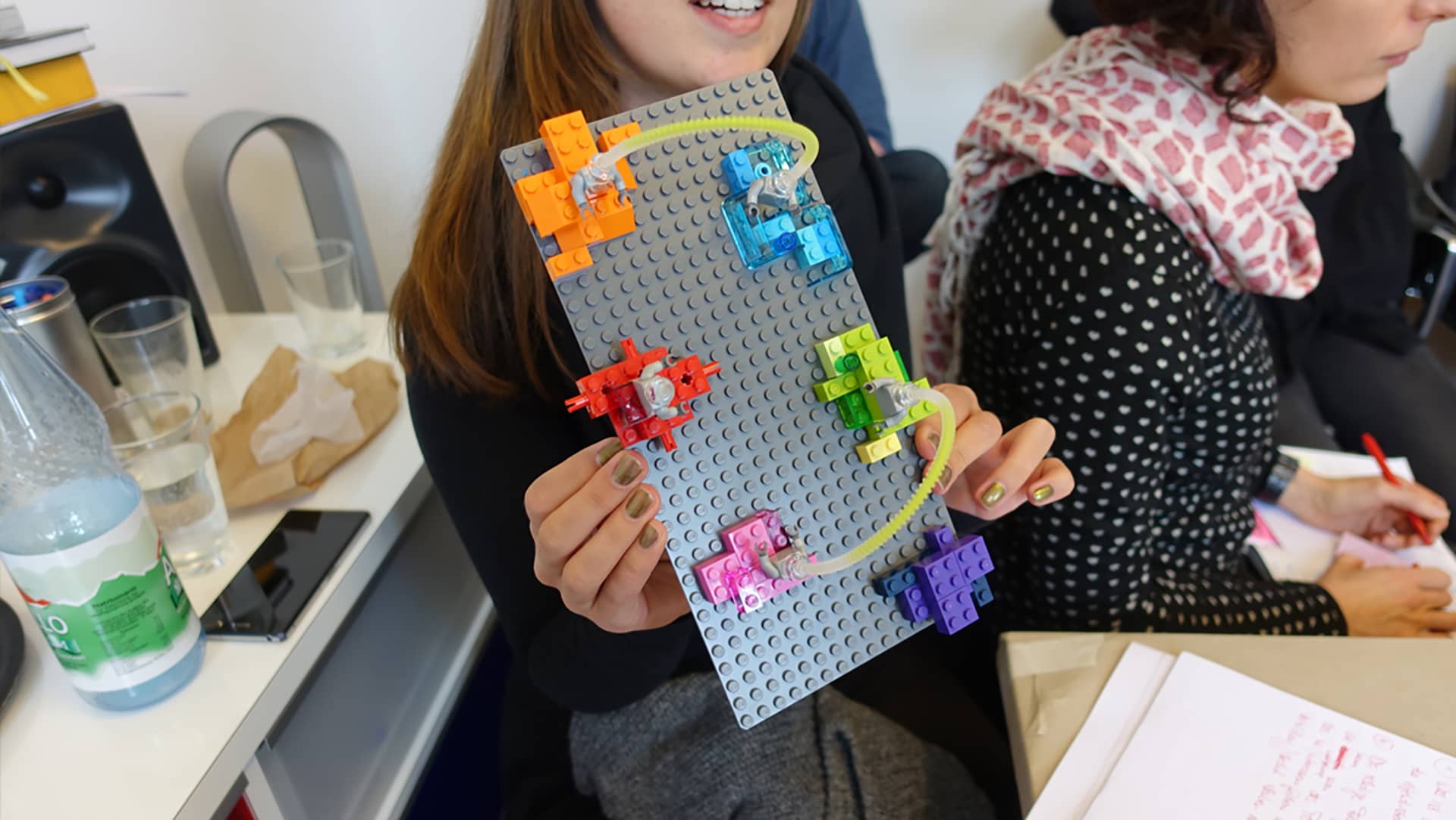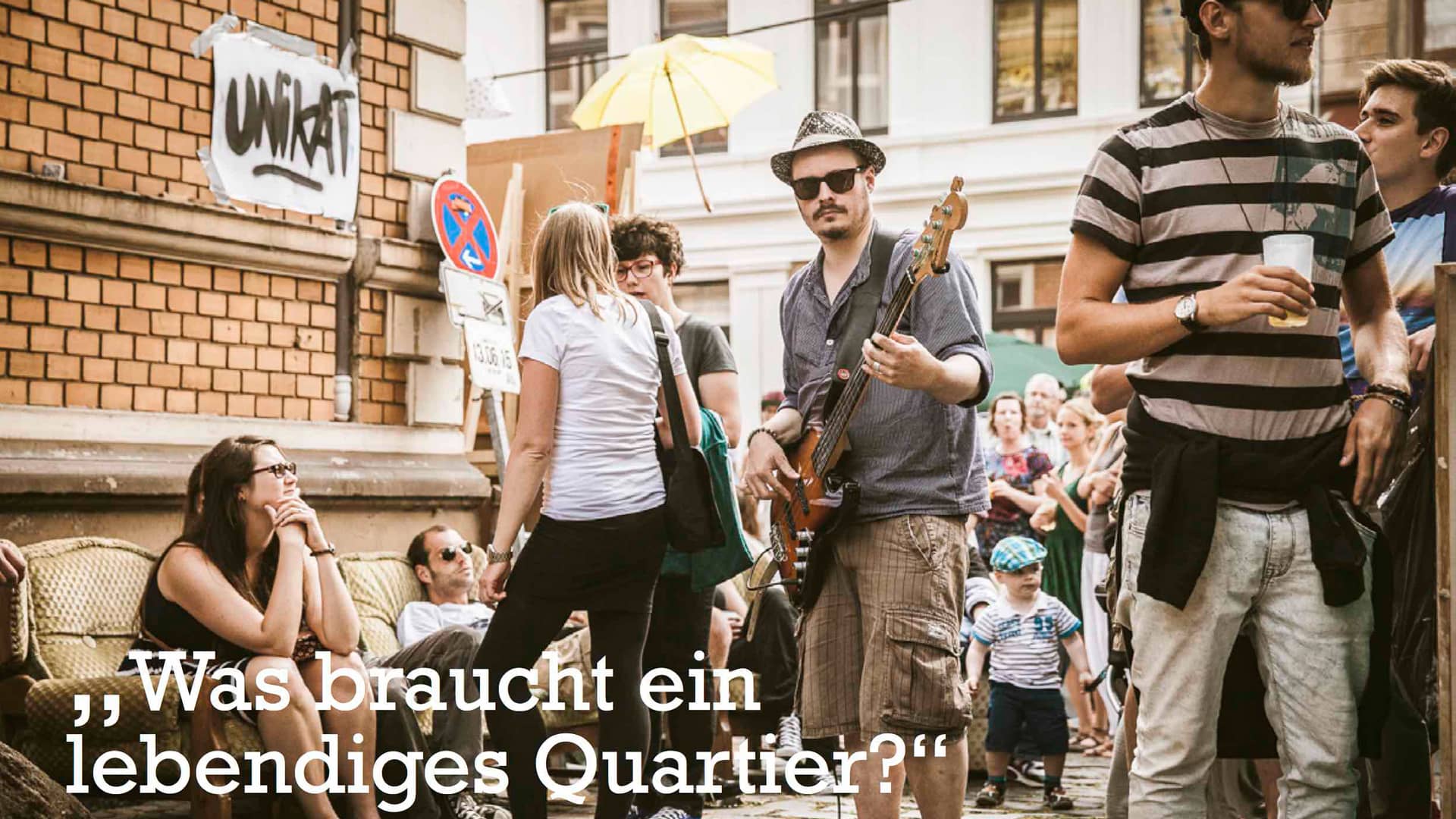From Goal to Game – Achieving a Goal Agreement Process Through Design Sprint.
Many companies are realizing that their current compensation system is no longer working well – because what’s valid today is outdated tomorrow. Can Goal Agreement Still Be Saved?
The management of a medium-sized company in the entertainment industry decides to actively involve its workforce in solving this problem. In a two-day sprint, twenty employees and managers tackle the issue.
The Challenge
“What does a solution for a new goal agreement process look like that considers the many needs of those involved? And how do we convey our solution ideas to management?”
It quickly becomes clear how diverse and sometimes contradictory the needs in the goal agreement process are – a complex situation for which there really is no simple solution.
Process Prototyping
The group sets out to develop ideas for sub-problems. Everyone creates at least one idea sketch. The creatives stand in amazement before their “Art Gallery”: “I never thought we would be capable of developing such a large number of exciting ideas, let alone sketching them!”, a colleague notes in surprise.
Several sub-teams subsequently work on developing the ideas further. To ensure that the interaction of the individual solution ideas can also be considered, the team quickly assembles the new goal agreement process into a three-dimensional prototype. This is made possible by the ingenious prototyping technique SAP Scenes, by UX designer Karen Detken. Scenes with figures are created from pre-made templates. Speech bubbles illustrate interactions, thoughts, and emotions of the fictional protagonists. What’s not available in the toolbox is quickly drawn on-site: Visual Facilitator Thorsten Ohler (Chartflipper.de) illustrates to his heart’s content.
The great advantage of this method is that all details can be discussed and adjusted directly on the model, even between sub-teams.
At the end, the individual scenes are photographed – creating an entertaining and illustrative presentation for management in no time.
Conclusion
Visualization and prototyping make complex relationships more understandable and easier to work with. When those affected work on their own issues, solutions emerge that truly meet their needs.
Client: confidential
Job: Workshop Design Facilitation








